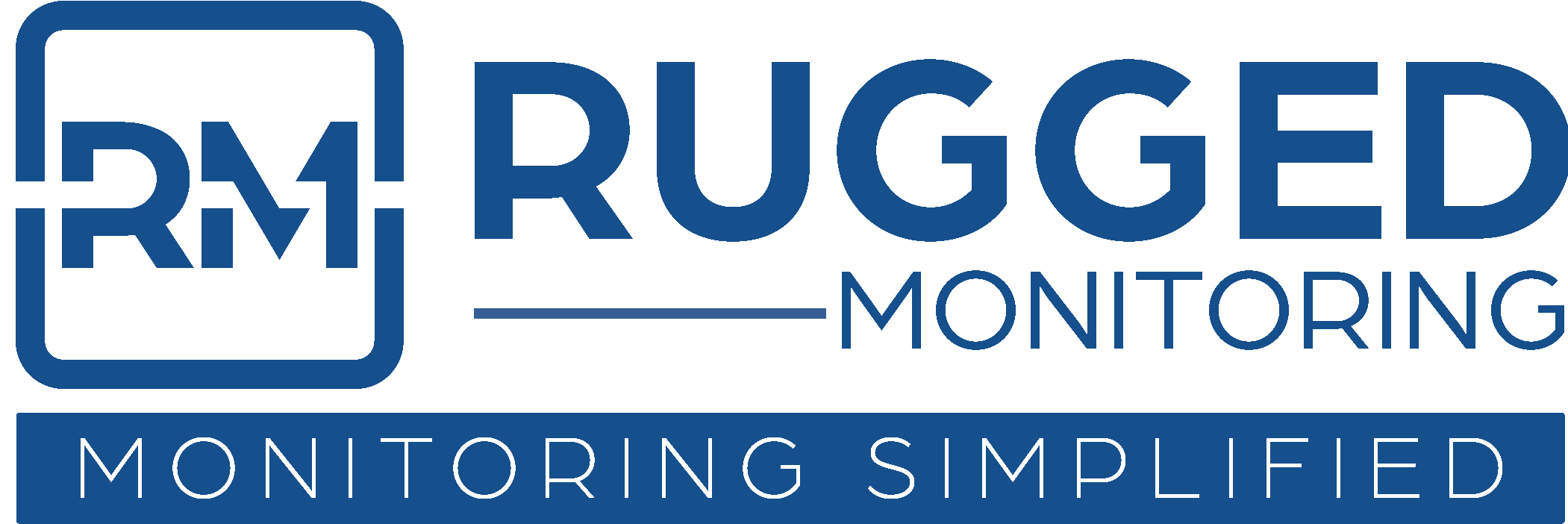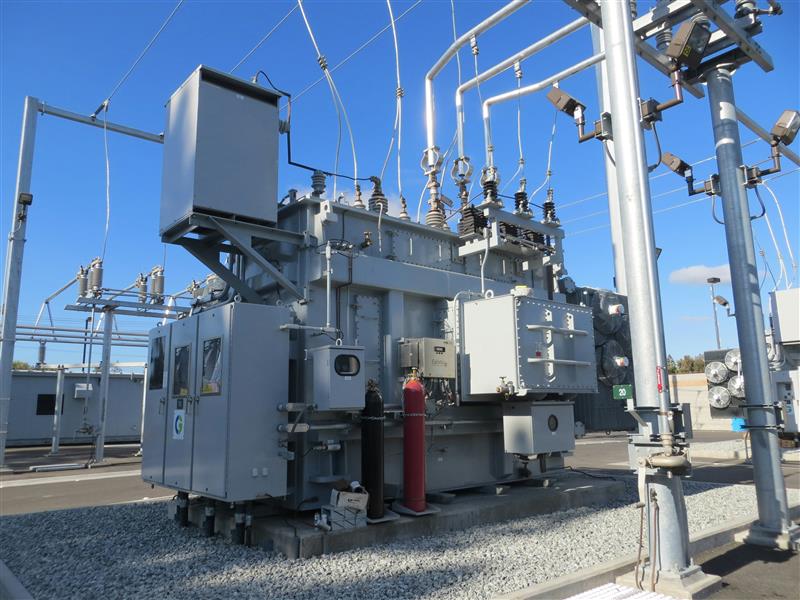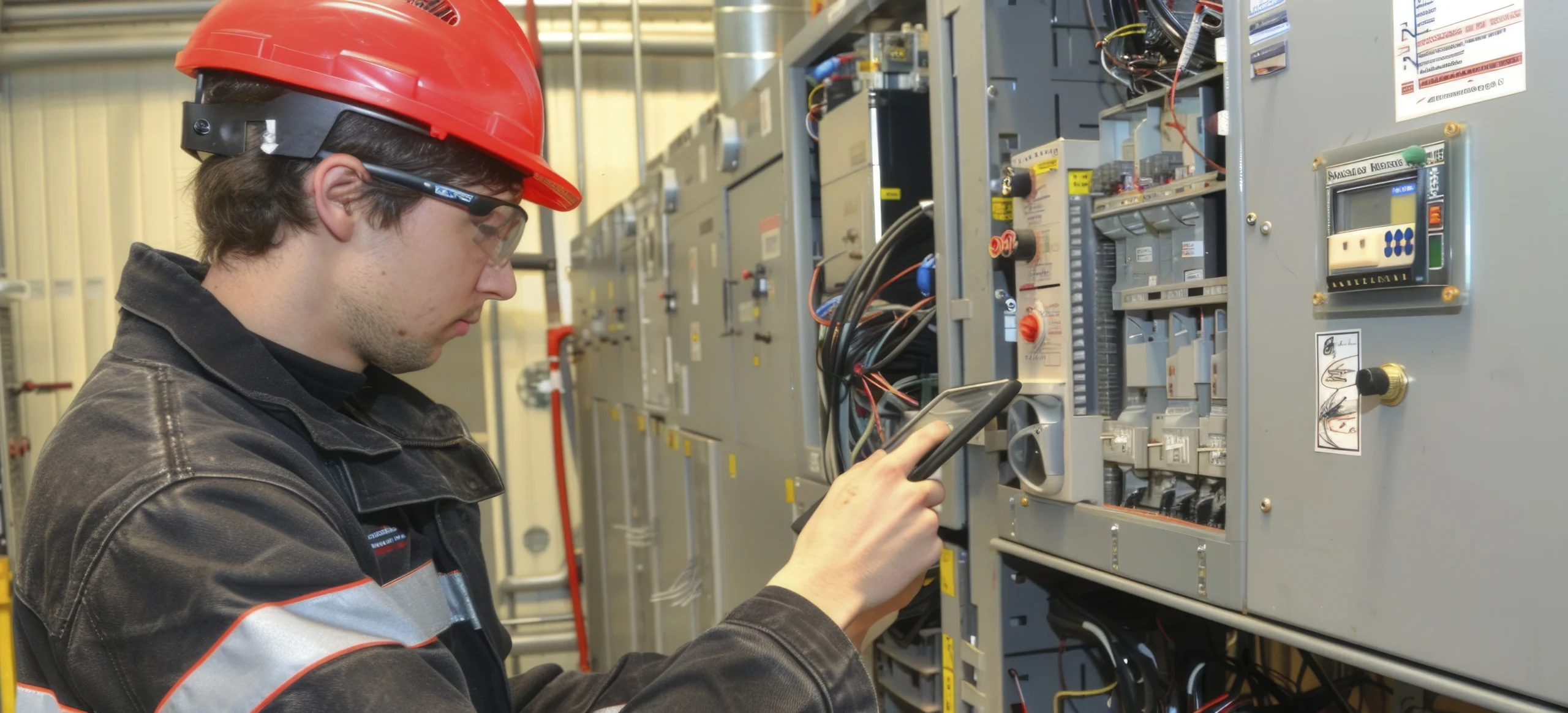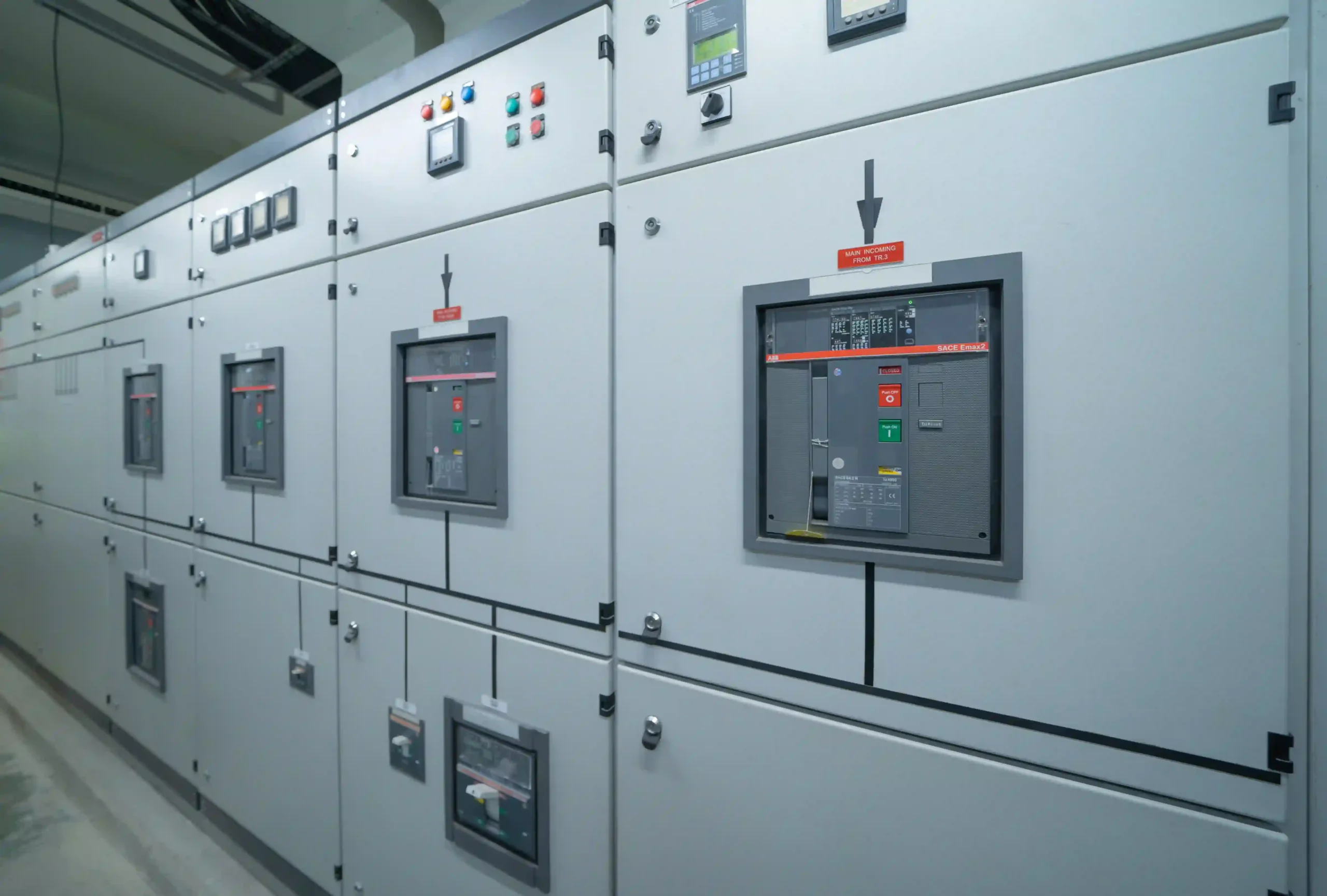Power transformers are crucial for utilities, enabling the efficient transmission and distribution of electrical energy across various voltage levels to ensure a stable and reliable power supply. Deployed in utility grids, these transformers meet the daily energy demands of communities, industries, and renewable energy systems. However, in many growing industries, the adoption of advanced monitoring systems, such as fiber-optic temperature sensors, remains underutilized, limiting their ability to optimize transformer performance and prevent costly failures.
This blog explores why power transformer monitoring systems are increasingly relying on fiber optic temperature sensors—and why their adoption could be the key to the difference between reactive maintenance and grid resilience.
Why Transformer Monitoring?
Transformers, whether power transformers or distribution transformers, operate under immense electrical and thermal stress. Unexpected failures can lead to costly downtime, safety hazards, and significant financial losses. Additionally, transformer failures result in millions of dollars in damage annually, with outages affecting the entire power grid. Effective transformer temperature monitoring is critical to prevent overheating, insulation degradation, and other catastrophic failures.
Traditional monitoring methods, such as thermocouples or resistance temperature detectors (RTDs), have served utilities for decades. However, these technologies often fall short in high-voltage environments due to electromagnetic interference (EMI), limited accuracy, and susceptibility to harsh conditions.
- Electromagnetic Interference (EMI): In high-voltage environments, such as those found in utilities, conventional sensors can produce inaccurate readings due to the strong electromagnetic fields present.
- Slower Response Times: Traditional sensors often measure surface or oil temperature rather than internal hotspots, leading to delayed fault detection.
- Complex Wiring and Safety Hazards: Wired sensors in live transformers pose safety risks and increase installation complexity.
- Aging Infrastructure: Many utility substations rely on outdated systems that are not compatible with modern data analytics platforms, hindering their ability to implement effective predictive maintenance strategies.
This is where fiber optic sensors for transformer temperature monitoring outperform, offering a robust solution tailored to the demands of modern electrical asset management in utilities.
The Growing Need for Power Transformer Monitoring in Utilities
The Asia-Pacific (APAC) is the largest global energy consumer, generating 14,546.4 TWh of electricity in 2022, accounting for 49.8% of global electricity production. This rising demand, fueled by global population growth and urbanization, requires reliable transformer monitoring to ensure grid stability and continuous availability.
In 2025 alone, the market size of transformer monitoring systems is anticipated to be USD 1.34 billion, with projected growth to USD 2.09 billion by 2030 at a CAGR of 9.20%.
In addition to this global market demand for power production, countries like China and India, are witnessing a surge in clean energy investments. With China alone investing USD 890 billion in 2023 and India planning to invest USD 34.2 billion, the need for utility industries to invest in transformer condition monitoring solutions at the earliest is a necessity.
Thus, many of them globally are now adopting innovative grid technologies, such as IoT-enabled fiber-optic sensors, for real-time monitoring and preventive maintenance, thereby enabling efficient and reliable grid management.
Why Fiber Optic Temperature Sensors?
Fiber optic sensors are revolutionizing transformer monitoring systems by providing precise, real-time data in environments where conventional sensors struggle. Unlike traditional sensors, fiber optic temperature sensors utilize light to measure temperature, making them immune to electromagnetic interference (EMI), corrosion, and extreme environmental conditions. Here’s why they are indispensable for transformer monitoring in utilities:
1. Immunity to Electromagnetic Interference
Power transformers and high-voltage transformers operate in environments with intense electromagnetic fields. These fields can distort readings from conventional sensors, leading to inaccurate data and poor decision-making. Fiber optic sensors, being non-conductive and immune to EMI, deliver reliable measurements even in the harshest electrical environments. This ensures utility operators can trust the data to assess transformer health accurately.
2. Superior Accuracy and Sensitivity
Fiber optic temperature sensors provide exceptional accuracy, often within ±0.1°C, compared to ±1°C or more for traditional sensors. This precision is crucial for transformer temperature monitoring, as even minor temperature deviations can indicate early issues, such as hotspots or insulation degradation. For utilities, where aging transformer fleets are common, this level of sensitivity can extend asset life and reduce maintenance costs.
3. Compact and Flexible Design
Transformers, especially current transformers, often have complex geometries and limited space for sensor installation. Fiber optic sensors are small, lightweight, and flexible, allowing them to be integrated into tight spaces within windings, bushings, or oil ducts. Their non-intrusive design minimizes installation challenges while maximizing coverage, enabling comprehensive monitoring of critical components.
4. Durability in Harsh Environments
High-voltage transformers operate in extreme conditions, including high temperatures, moisture, and chemical exposure. Traditional sensors often degrade over time, requiring frequent replacement. Fiber optic sensors, made from robust materials such as silica, withstand these conditions without compromising their performance. This durability translates to lower maintenance costs and longer sensor lifespans, a key consideration for cost-conscious utilities globally.
5. Real-Time Data for Predictive Maintenance
Modern transformer monitoring systems rely on real-time data to enable predictive maintenance, reducing unplanned outages. Fiber optic sensors provide continuous, high-resolution temperature data, allowing operators to detect anomalies early and schedule maintenance proactively. This is particularly valuable for utility industries, where rapid industrialization is increasing pressure on electrical grids.
How do Fiber Optic Sensors Address the Unique Challenges of Power Transformer Monitoring in Utilities?
Even though utilities are investing in smart grid initiatives, the underlying asset’s health data is often fragmented or outdated. Without accurate thermal monitoring of power transformers, businesses cannot effectively deploy predictive maintenance or AI-based diagnostics.
By incorporating fiber optic sensors in transformers, utilities gain access to:
- Continuous Winding Temperature Monitoring
- Digital Integration with APM (Asset Performance Management) Systems
- Data Trends for Load Forecasting and Preventive Actions
- Compliance with IEC Standards for Condition Monitoring
This not only reduces the risk of catastrophic failures but also extends the transformer’s operational life by detecting stressors well before they manifest as faults.
The Economic and Operational Benefits for Utilities
– Reduced Downtime: Early detection of power transformer issues prevents unplanned outages, resulting in millions of dollars in saved productivity.
– Extended Asset Life: Precise monitoring of power transformers mitigates thermal stress, extending transformer lifespans by years.
– Lower Maintenance Costs: Durable sensors reduce the need for frequent replacements, freeing up budgets for other priorities.
– Enhanced Safety: Accurate data minimizes the risk of catastrophic failures, protecting workers and infrastructure.
These benefits align with the global push for sustainable energy and resilient infrastructure. As more and more businesses invest in smart grids, fiber optic temperature sensors will play a pivotal role in ensuring reliable power delivery.
Overcoming Implementation Challenges
While the advantages of fiber optic sensors are clear, implementing them requires careful planning. Here are practical steps for utility industries to adopt this technology:
- Assess Existing Systems: Evaluate current transformer monitoring setups to identify compatibility with fiber optic sensors.
- Partner with Experts: Collaborate with providers like Rugged Monitoring, who specialize in fiber optic temperature sensors for transformers.
- Pilot Programs: Start with small-scale deployments to demonstrate value before scaling across fleets.
- Train Teams: Invest in training to ensure operators can effectively interpret and act on sensor data.
- Leverage Data Analytics: Integrate sensor data with analytics platforms for predictive maintenance and actionable insights.
The Future of Power Transformer Monitoring is Happening Now
As the global energy landscape evolves, fiber optic sensors are transforming the way we monitor power transformers, offering unmatched accuracy, durability, and safety. For utilities, these sensors provide a path to modernize aging infrastructure, optimize performance, and prevent costly failures. As global energy demands grow, investing in fiber optic temperature sensors is a critical step toward a reliable and sustainable electrical grid. By integrating these sensors into their transformer monitoring systems, industries can align with global standards and ensure their energy infrastructure is prepared for the future.
Are you interested in how Partial Discharge Monitoring for Transformers is expanding in Utilities? Stay tuned for the next blog post.





